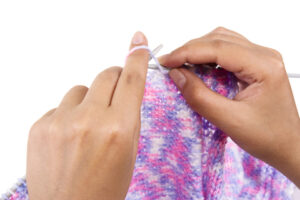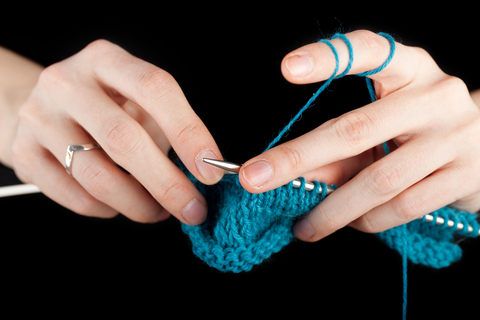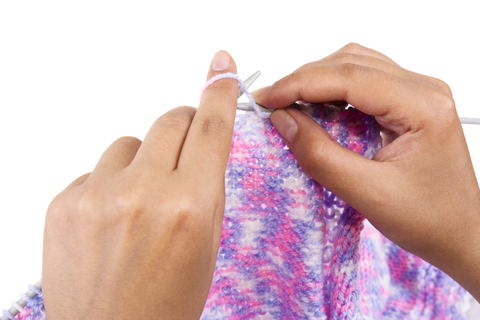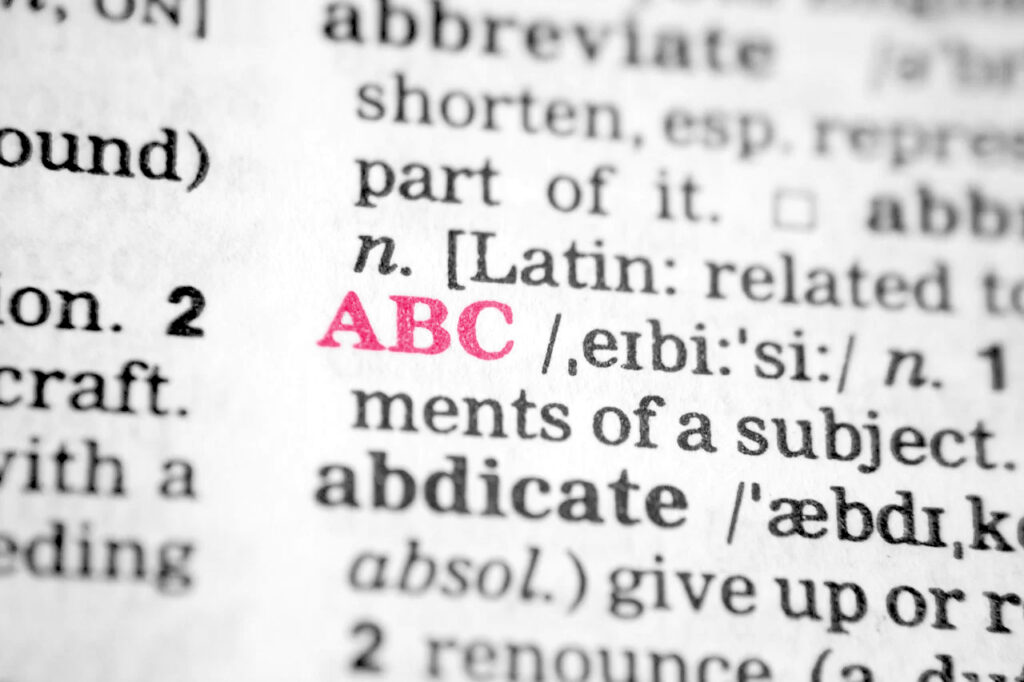 Knitting can seem very intimidating when you’re first starting out, but it is important to realize that there are only a few knitting stitch types that make up the foundation of knitting. Once you know the 5 most popular knitting stitch types, you can knit just about any pattern you wish. Using a combination of knit stitches, purl stitches, knit 2 together, yarn over, or stockinette stitches creates any pattern created from knitting. If you are unsure of how to perform any of these, learn now and the world of knitting will be at your fingertips.
Knitting can seem very intimidating when you’re first starting out, but it is important to realize that there are only a few knitting stitch types that make up the foundation of knitting. Once you know the 5 most popular knitting stitch types, you can knit just about any pattern you wish. Using a combination of knit stitches, purl stitches, knit 2 together, yarn over, or stockinette stitches creates any pattern created from knitting. If you are unsure of how to perform any of these, learn now and the world of knitting will be at your fingertips.
How to Make a Knit Stitch
A knit stitch is usually the first stitch any new knitter learns. This is the stitch that makes a “V” on the right side of the fabric, and a bump on the wrong side. If you don’t yet know how to make a knit stitch, stop what you’re doing and learn it now, before you attempt even something as simple as a scarf.
To make a knit stitch, first cast on the required number of stitches you need and keep that needle in your left hand. Then, take your right hand needle and insert it into the first loop on the needle from front to back and left to right. Bring your yarn over your right hand needle counterclockwise so it goes over the needle and pull the yarn and needle through the old stitch so that your hand needle is in front of your left hand needle with a loop around it. Gently slide your old stitch off your left hand needle and you now have your first knit stitch, which should still be on your right hand needle. Continue doing this until the end of your row, and you’ll have an entire row of knit stitches. Once you reach the end of your row, switch hands so that the needle with the stitches is in your left hand. From here, you can either continue working with only knit stitches, or you can continue on and learn the purl stitch.
How to Make a Purl Stitch
A purl stitch is another very basic knit stitch that you must learn fairly quickly if you want to make anything with any different texture. This stitch is literally a backward knit stitch. It is both performed the opposite of a knit stitch, and visibly looks like a knit stitch turned around. A purl stitch makes what looks like a scarf around the stitch, creating a bump on the right side of the fabric.
To perform a purl stitch, hold the needle with existing stitches in your left hand. Insert your right hand needle into the first stitch on your left hand needle from back to front and right to left. Then wrap your yarn around the right hand needle counterclockwise and push the loop through the old stitch so that the right hand needle and loop of yarn are behind your left hand needle. Then, gently slide your old stitch off of the left hand needle and you are left with a purl stitch. You can repeat these steps for the entire row. Once you get to the end of your row, swap hands so that the needle with all of the stitches is back in your left hand.

How to Make a Stockinette Stitch
Stockinette stitch is another one of the 5 most common knitting stitch types. This stitch creates the fabric that is so commonly seen for knit goods, that has all of the “V’s” lined up on one side of the fabric. It is a very soft, elastic fabric that has great drape. If you’ve been following my instructions in this article, you’ve already begun your first two rows of stockinette stitch. Yes, it’s that easy. Stockinette stitched fabric is created by working alternating rows of knit and purl stitches, so that all of the “V’s” line up on one side of the fabric and all of the bumps line up on the other.
You can also create the stockinette stitch by working in the round and only using knit stitches instead of alternating knit and purl, since your work is never turned when it’s worked in the round.
How to Knit 2 Together and Yarn Over
Knit 2 together and yarn over are often used together to make lace work and open stitch work, and they are the last two stitches we’ll go over today.
Knit 2 together is worked exactly as it sounds. You just knit two stitches together. This can be used to create decreases in your work, making it smaller, or it can be used with a yarn over to avoid having too many stitches on your needle.
In order to knit 2 together, you just insert your right hand needle into the second loop (instead of the first) on the left hand needle and perform a knit stitch as always.
A yarn over creates spaces in your stitches, which is why it’s used so much in lacework. To create a yarn over, just bring your yarn across your work from back to front, and then knit the next stitch. When you’ve completed your stitch, there will be an extra stitch on your needle that you put there with your yarn over. This is why it is often used along side the knit 2 together stitch.
You now know all of the basic knit stitches needed to create any knit project. Every knit pattern is based on a combination of these 5 stitches. Once you have mastered each of these, you can create even intricate lacework with some concentration and attention to detail, because these 5 most common knitting stitch types are the foundation of knitting.




Comments are closed.